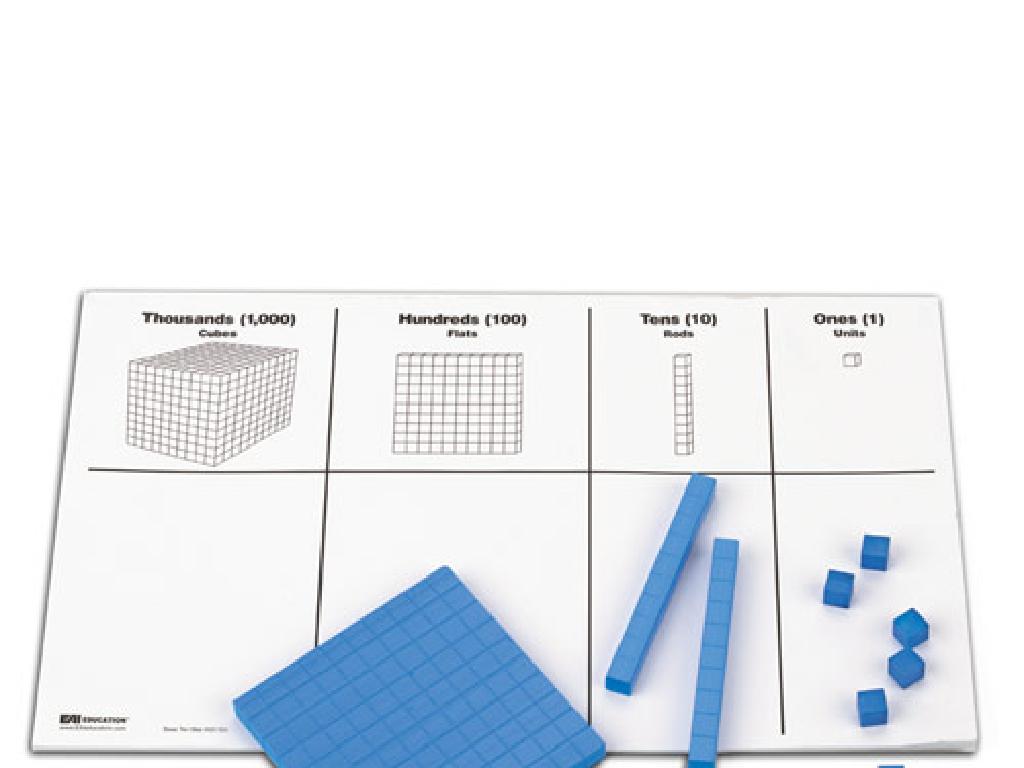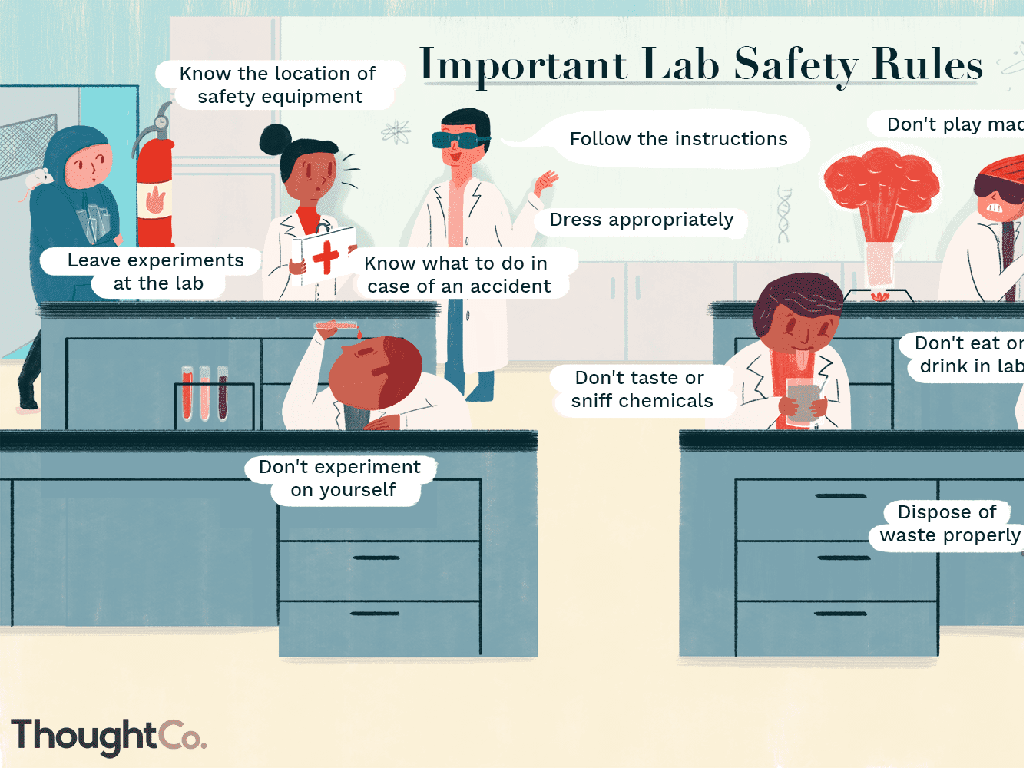Select Parts Of Water Cycle Diagrams
Subject: Science
Grade: Sixth grade
Topic: Water Cycle
Please LOG IN to download the presentation. Access is available to registered users only.
View More Content
Exploring the Water Cycle
– Water’s journey on Earth
– Significance of the water cycle
– The cycle maintains Earth’s water balance, crucial for all forms of life.
– Components of the water cycle
– Evaporation, condensation, precipitation, and collection are key parts.
– Focus: Select water cycle parts
– We’ll examine specific stages like evaporation and precipitation closely.
|
This slide introduces the concept of the water cycle to the students, emphasizing its continuous movement and the role it plays in sustaining life on Earth. Highlight the importance of the water cycle in maintaining the planet’s water balance and supporting ecosystems. Explain that today’s lesson will focus on understanding specific parts of the water cycle, such as evaporation and precipitation, which are essential for the cycle’s completion. Encourage students to think about how water in their daily lives is part of this vast cycle. Provide examples like rain forming puddles or steam rising from a pot of boiling water to illustrate these stages.
Exploring the Water Cycle
– Define the Water Cycle
– The water cycle is Earth’s way of recycling water.
– Water’s Continuous Journey
– Water travels from Earth to the air and back again.
– Four Main Stages: Evaporation, Condensation, Precipitation, Collection
– Evaporation: water turns to vapor. Condensation: vapor becomes clouds. Precipitation: water falls down. Collection: water gathers back on Earth.
– Significance of Each Stage
– Each stage is crucial for sustaining life and ecosystems.
|
This slide introduces the concept of the water cycle to sixth-grade students. Begin with a definition, explaining that the water cycle is a natural process that recycles water on Earth. Emphasize the continuous movement of water through the atmosphere and back to the surface. Detail the four main stages: evaporation (water turning into vapor), condensation (vapor forming clouds), precipitation (water falling to Earth), and collection (water gathering in bodies like oceans, lakes, and rivers). Highlight the importance of each stage in maintaining ecological balance and supporting life. Encourage students to think of examples of each stage they’ve observed in their daily lives.
The Water Cycle: Evaporation
– Evaporation: Water to Vapor
– Water changes from liquid to gas
– Sun’s heat drives evaporation
– Sun provides energy for evaporation
– Major sources: Oceans, lakes, rivers
– Large bodies of water constantly supply vapor
– Evaporation’s role in the water cycle
|
This slide introduces students to the concept of evaporation as a key part of the water cycle. Evaporation is the process where water turns into vapor, and it’s primarily driven by the heat from the sun. Students should understand that the sun’s energy causes water molecules to move faster and escape into the air as gas. Emphasize that evaporation mainly occurs from the surface of large bodies of water like oceans, lakes, and rivers. This process is crucial as it contributes to the formation of clouds and precipitation, completing the cycle. Encourage students to think about how evaporation affects climate and weather patterns. A possible class activity could involve observing water evaporation from a small container over time.
Understanding Condensation
– Vapor cooling into clouds
– When warm air rises, it cools and water vapor condenses into tiny droplets.
– Cloud formation process
– These droplets gather to form clouds in the sky.
– Condensation: Vapor to liquid
– Condensation is the change of water from gaseous to liquid state.
– Significance in water cycle
|
This slide focuses on the condensation part of the water cycle. Begin by explaining that condensation occurs when water vapor in the air cools down and changes back into liquid form, which is a crucial step in forming clouds. Discuss the conditions under which condensation occurs and how it leads to cloud formation. Emphasize that condensation is a key process in the water cycle as it leads to precipitation, which replenishes water on Earth’s surface. Use diagrams to illustrate the process visually and encourage students to think of examples of condensation they’ve observed, like dew on grass.
The Water Cycle: Precipitation
– Water returns to Earth
– Precipitation: Rain, Snow, Sleet, Hail
– Examples: Rain nourishes plants, snow covers mountains
– Gravity’s role in precipitation
– Gravity pulls water down from clouds
– Precipitation’s impact on ecosystems
– Water sustains plant and animal life
|
This slide focuses on precipitation, a key component of the water cycle. Precipitation occurs when water vapor condenses in the atmosphere and falls back to Earth due to gravity. It can take various forms, including rain, snow, sleet, and hail, depending on the temperature and atmospheric conditions. Gravity plays a crucial role in pulling the condensed water droplets down from the clouds. It’s important to discuss how precipitation affects ecosystems by providing the necessary water for plants and animals to survive. Encourage students to think about how different forms of precipitation impact their environment and daily life. A possible class activity could involve students observing and recording different types of precipitation over a week and discussing their findings.
Collection: Water’s Journey
– Water gathers in natural basins
– Rainwater flows into lakes, oceans, and rivers
– Collection: Cycle’s start and end
– Collection is both the final and initial phase of the water cycle
– Lakes, oceans, rivers store water
– These large water bodies are crucial for the water cycle
– Earth’s reservoirs: Vital role
|
This slide focuses on the ‘Collection’ phase of the water cycle, where water accumulates in various bodies such as lakes, oceans, and rivers, which act as natural reservoirs. It’s essential to emphasize that the collection is a continuous process that marks both the end of the previous cycle and the beginning of the next. Students should understand the significance of these large bodies of water in storing and regulating Earth’s water supply. Encourage them to think about local bodies of water and their roles in the water cycle. Discuss how these reservoirs are interconnected with other parts of the water cycle, such as evaporation and precipitation.
The Sun: Driving Force of the Water Cycle
– Sun’s energy powers the cycle
– Evaporation: Sun heats water
– Water turns to vapor as it warms
– Condensation: Sun’s role
– Warm vapor cools, forms clouds
– Sunlight’s impact on climate
|
This slide focuses on the integral role of the Sun in the water cycle. Begin by explaining how the Sun’s energy initiates the cycle by providing the heat necessary for evaporation. Discuss how water from oceans, lakes, and rivers absorbs this energy and evaporates into the air. Then, describe the process of condensation, where the water vapor cools down higher in the atmosphere to form clouds. Emphasize the importance of the Sun in regulating our climate system, as the distribution of solar energy affects weather patterns and precipitation. Encourage students to think about how the Sun’s energy affects the water cycle in their local environment and to consider the broader implications for weather and climate.
Hands-On Activity: Water Cycle in a Bag
– Gather materials for the experiment
– Draw the water cycle on your bag
– Illustrate the stages: evaporation, condensation, precipitation
– Observe evaporation and condensation
– Place the bag in sunlight and watch the water cycle occur
– Record your observations
– Note changes over time: water droplets, mist, etc.
|
This activity is designed to help students visualize the water cycle in a simple and interactive way. Provide each student with a plastic bag, marker, water, and tape. Students will draw the water cycle diagram on their bags, including the sun, clouds, and bodies of water. After adding water to the bag and sealing it with tape, they will place it in a sunny spot. Over time, they can observe the water cycle process as the water in the bag heats up, evaporates, condenses into droplets, and then ‘rains’ down. Encourage students to take notes on their observations and discuss the stages they see. This experiment can be done individually or in small groups. Possible variations include measuring the amount of water at different times, comparing bags in different locations, or using colored water for better visibility.
Class Activity: Water Cycle Diagram
– Identify water cycle components
– Label each part on your diagram
– Complete the diagram using knowledge
– Think about processes like evaporation, condensation, precipitation
– Discuss your diagram with a partner
– Explain your understanding and listen to your partner’s perspective
|
This activity is designed to reinforce students’ understanding of the water cycle by having them actively engage with a diagram. Provide each student with a blank or partially completed water cycle diagram. Students should use their knowledge from previous lessons to identify and label each part, such as evaporation, condensation, precipitation, and collection. Once they have completed their diagrams, they should pair up with a partner to discuss their work. This peer-to-peer interaction allows students to articulate their understanding and learn from each other. As a teacher, circulate the room to offer guidance and ensure accuracy. Possible variations of the activity could include using different case studies, such as the water cycle in a rainforest versus a desert, or having students create a 3D model of the water cycle.
Water Cycle Wrap-Up: Stages & Significance
– Review water cycle stages
– Evaporation, condensation, precipitation, collection
– Discuss stage significance
– Each stage is crucial for sustaining ecosystems
– Q&A session
– Recap key takeaways
– Summarize the water cycle’s role in nature
|
As we conclude, let’s revisit the stages of the water cycle: evaporation, condensation, precipitation, and collection. Emphasize the importance of each stage in maintaining ecological balance and supporting life on Earth. Open the floor for a Q&A session to address any uncertainties the students may have. This is an opportunity to ensure comprehension and clear up any misconceptions. Finally, summarize the key points of the lesson, reinforcing the continuous and vital nature of the water cycle. Encourage students to think about how the water cycle affects weather patterns and the environment.
Interactive Quiz Time: Water Cycle Wonders
– Engage in a fun water cycle quiz
– Answer questions from today’s lesson
– Earn points for correct responses
– Learn and reinforce your knowledge
Questions cover evaporation, condensation, precipitation, and collection.
|
This slide introduces an interactive quiz designed to test students’ knowledge of the water cycle. The quiz should include questions about the key processes of the water cycle covered in today’s lesson, such as evaporation, condensation, precipitation, and collection. Each correct answer will earn points, adding a gamified element to the learning process. This activity will help reinforce the students’ understanding in a fun and engaging way. For the teacher: Prepare a series of multiple-choice or true/false questions. Consider using a digital platform that allows students to answer in real-time. Keep score to encourage friendly competition, and review the correct answers after each question to solidify learning.
Homework: Illustrate the Water Cycle
– Draw the water cycle diagram
– Explain each stage in your words
– Describe the process as you understand it, not just definitions
– Include evaporation, condensation, precipitation, and collection
– Make sure to clearly depict and label all four stages
– Use colors to enhance your diagram
– Colors can represent temperature, energy, or different forms of water
|
This homework assignment is designed to reinforce students’ understanding of the water cycle by having them create their own diagrams. Encourage creativity while ensuring they accurately represent and explain the four main stages: evaporation, condensation, precipitation, and collection. Remind them to use their own words to show comprehension. Suggest using blue for water, yellow for the sun’s energy, and white for clouds and snow to visually differentiate elements of the cycle. This activity will help students visualize and remember the water cycle process. In the next class, students can present their diagrams and explanations, fostering a discussion on the different interpretations and understandings of the water cycle.






